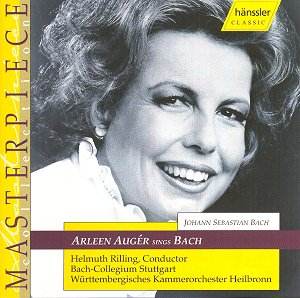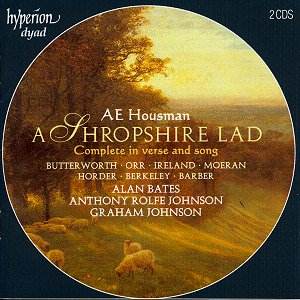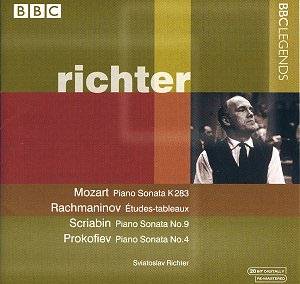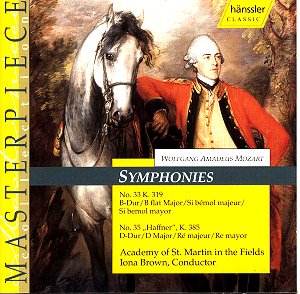 Composer: Johann Sebastian Bach
Composer: Johann Sebastian Bach
Works: Mein gläubiges Herze BWV 68, Bete aber auch dabei BWV 115, Ich esse mit Freuden mein weniges Brot BWV 84, Tief gebückt und voller Reue BWV 199, Wie zittern und wanken BWV 105, Höchster Tröster, Heilger Geist BWV 183, Ich bin herrlich, ich bin schön BWV 49, Meinem Hirten bleib ich treu BWV 92, Auch mit gedämpften, schwachen Stimmen BWV 36, Komm in mein Herzenshaus BWV 80, Ich wünschte mir den Tod, den Tod BWV 57, Die Seele ruht in Jesu Händen BWV 127, Wie freudig ist mein Herz BWV 199
Performers: Arleen Augér, soprano; Bach-Collegium Stuttgart; Helmut Rilling, conductor; Württembergisches Kammerorchester Heilbronn
Recording: 1983
Label: HAENSSLER CD 94.035
Johann Sebastian Bach’s profound influence on the choral and vocal repertoire of the Baroque era resonates through his cantatas, which encapsulate the theological and emotional depth of his musical language. Arleen Augér’s compilation of selected arias from these works serves as a testament to her extraordinary interpretive skill and understanding of Bach’s sacred music. This anthology, recorded under the baton of Helmut Rilling, showcases the nuanced expressiveness that defines Bach’s vocal lines, all while remaining anchored in the spiritual and philosophical undercurrents of the texts.
From the outset, Augér’s approach to Bach is marked by a rare combination of humility and profundity. In “Bete aber auch dabei” (BWV 115), her tone flows with a serene grace, allowing the lyrical contours of the melody to unfold organically. This interpretation aligns seamlessly with the aria’s meditative quality, where the singer’s restraint enhances the sense of prayerfulness inherent in the music. The lightness of her coloratura, characterized by its gentle articulation and subtle inflection, serves as a perfect vehicle for Bach’s intricate counterpoint, particularly effective when juxtaposed against the ensemble’s orchestral textures.
As the disc progresses, Augér demonstrates a remarkable range of emotional expression. In “Tief gebückt und voller Reue” (BWV 199), her voice embodies the weight of penitence, capturing the dichotomy of grief and hope that permeates the work. This aria, filled with dramatic contrast, benefits from her ability to project both vulnerability and strength, effectively drawing the listener into the emotional landscape. The jubilant “Wie zittern und wanken” (BWV 105) showcases her technical prowess, where Augér’s voice intertwines with the obbligato oboe in a manner reminiscent of a conversation between two souls. The seamless blending of timbres creates an ethereal quality that is both captivating and illuminating.
The intensity of Augér’s performance reaches new heights in “Ich wünschte mir den Tod, den Tod” (BWV 57), where she navigates the aria’s emotional terrain with visceral power. Here, her dynamic range and expressive phrasing soar, echoing the dramatic weight of the text and evoking comparisons to the intense moments found in the “St. Matthew Passion.” The technical command demonstrated in this performance, along with the emotional gravity she imparts, marks it as one of the disc’s standout moments.
The sound quality and engineering of this recording merit commendation; the clarity of the orchestral accompaniment juxtaposed with Augér’s voice creates a balanced soundscape that enhances the listener’s experience. The warmth of the recording captures the intricate interplay between the soloist and the ensemble, allowing each aria to emerge with its own character while maintaining a cohesive aesthetic throughout the disc.
This collection not only highlights Augér’s stellar artistry but also reinforces her significant contribution to the interpretation of Bach’s works. While the selection of arias is superb, it invites contemplation of other potential inclusions that could further enrich the representation of Bach’s vast cantata repertoire. Nevertheless, Augér’s performances stand as an essential listening experience for Bach enthusiasts and newcomers alike.
The synthesis of Augér’s interpretive depth, Rilling’s insightful direction, and the ensemble’s cohesive playing culminates in a recording that resonates with authenticity and emotional resonance. Such artistry ensures that this anthology remains a vital addition to the canon of Bach recordings, celebrating both the singer’s legacy and the timeless power of Bach’s music.



